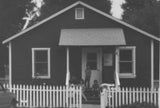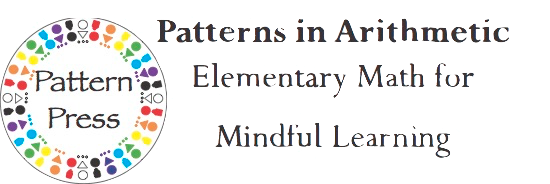



University of California, Irvine, Professor Emeritus Michael Butler: "We wanted a school where children would learn to do what finders and makers do, not just master more or less badly and mechanically some scattered things they had worked out. The students would ideally acquire some of the skills and habits of mind of mathematicians and historians and writers and scientists and artists, and even learn to do what good thinkers do when they are thinking well, independent of a particular practice; and they would learn to find matters of interest in and around themselves, and to develop and sustain those interests, as creators of new art and knowledge must do. These were not the only aims of the school, called the Farm School, but they were central. In this sense we were elitist in our ambitions for children, but populist in our belief that most children could realize those ambitions."
Discover the joys of learning mathematics. Students and math-phobic adults become empowered by building models using household items, Cuisenaire Rods, Base Ten Blocks and pattern blocks to prove their own ideas. Adults, along with their students, explore how arithmetic works in the real world. Lessons come with worksheets, games, and other hands-on activities. Students learn to think as mathematicians think.
The unique teaching method encourages students to find and use patterns, make generalizations, and understand number concepts by building models with manipulatives to create models of arithmetic procedures. Then they record their discoveries in ways that make sense to them. They learn arithmetic by doing mathematics. This teaching method builds confidence in students’ thinking ability. These time proven methods were developed at the world renowned University of California, Irvine Farm Elementary School and then refined and field-tested for twenty years at Chrysalis Charter School in Redding, California.
Students become accomplished mathematicians not by drilling it into them, but by giving them time to discover their own procedures for doing arithmetic operations. Most important this series assists parents/teachers in learning how to teach so that the student does the discovering. An approach to this type of math instruction requires parents to ask appropriate questions when students are stuck and guide them to find their own solutions. The need for the parent/teacher to understand this teaching technique is stressed by the authors.
